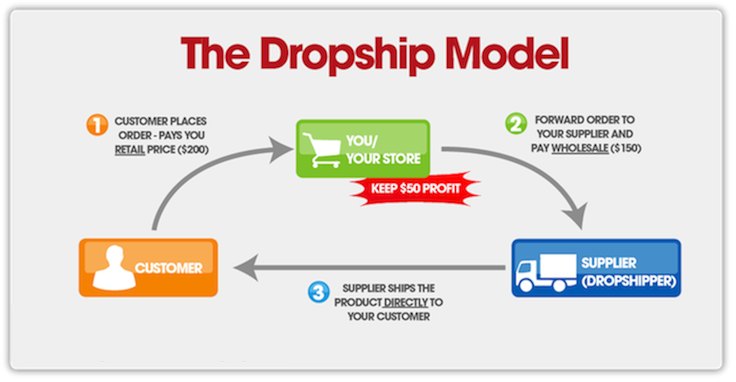You love hair, and you love business? Then, it is time to combine your two passions by setting up a hair dropshipping store.
Already, research shows that the global market size for hair wigs and extensions as of 2023 is $10 billion. This means it is a profitable business.
Starting a business is quite easy to conceive, but when it comes down to it, the process might be tedious for you. But there is one way you can do it without too much stress: Dropshipping. ✨
This business model is quite popular because you simply need to partner with a great company that handles all your logistics and branding. All you need to do is have creative control over how you want it done. Any heavy lifting? Not on you.
However, it is still a stepwise process. Setting up your hair extension dropshipping store might seem like a big task, but with the right steps, it can be a smooth process.
This guide will walk you through everything you need to know–every single step.
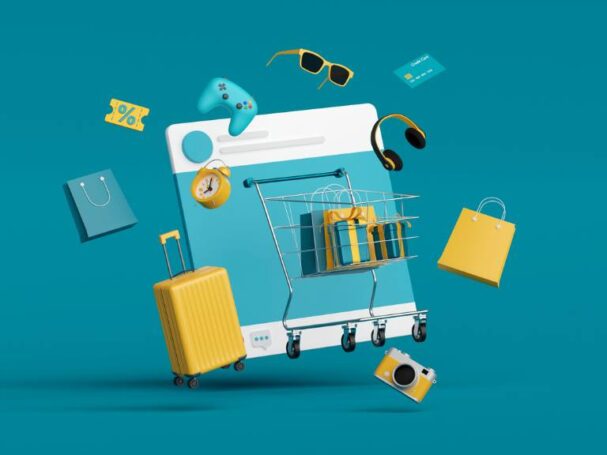
Step 1: Choose the Right E-Commerce Platform
The first decision when setting up your hair extension dropshipping store is to select the right platform for your online business.
Popular e-commerce platforms like Shopify, WooCommerce, BigCommerce, and Wix offer a variety of features, but not all are created equal. Each one has its strengths, depending on your needs.
Shopify is one of the most popular dropshipping options. Its user-friendly interface, integrated apps, and seamless payment gateway make it a great choice for hair extension businesses.
WooCommerce is perfect for those who prefer using WordPress, and BigCommerce offers scalability for larger stores.
But if you are going to be selling bundles, you want a platform that is specialized for that–bundles only. Dropship Bundles is a platform that helps people who sell hair extensions set up.
Once you’ve picked your platform–like Dropship Bundles–it’s time to move on to the fun part—designing your store!

Step 2: Design Your Store
Your website is your virtual storefront, so it’s important to create a space that is visually appealing and easy to navigate. Many e-commerce platforms provide templates that you can customize to reflect your brand’s style.
The design should highlight your products without overwhelming the customer.
Use a modern look with clear fonts and a simple layout. Also, showcase your products with high-resolution images that give potential customers a close look at texture, length, and color.
Then, also organize your products into categories like “Clip-In Extensions,” “Weave Bundles,” or “Wigs” to make it easy for customers to find what they’re looking for. After this, you need to fill it with products.
Check out our hair dropshipping website templates, which are made by the pros!
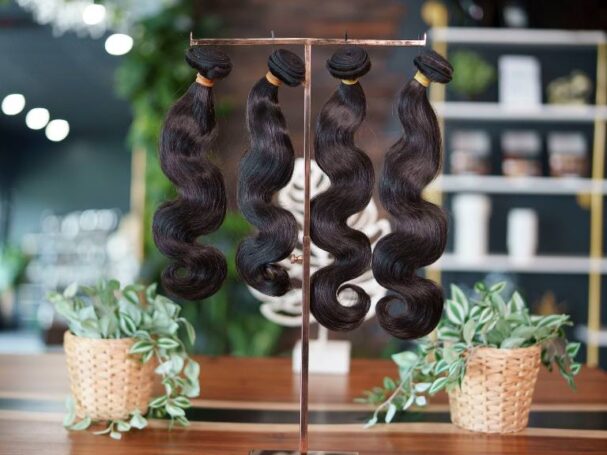
Step 3: Add Products to Your Store
Now that your store is designed, it’s time to add your products. Since you’re dropshipping, you won’t need to worry about managing physical inventory.
Instead, you’ll need to add the product details provided by your supplier to your online store.
Your supplier will typically offer product images and descriptions that you can import directly into your store. However, make sure to customize product descriptions to make them more engaging and unique to your brand.
Then, set your price based on your supplier’s costs and your profit margins. Offer competitive prices but don’t undervalue your products—customers are often willing to pay more for quality.
At this point, your store is starting to come together, but you still need to set up the back-end details, like payment and shipping.
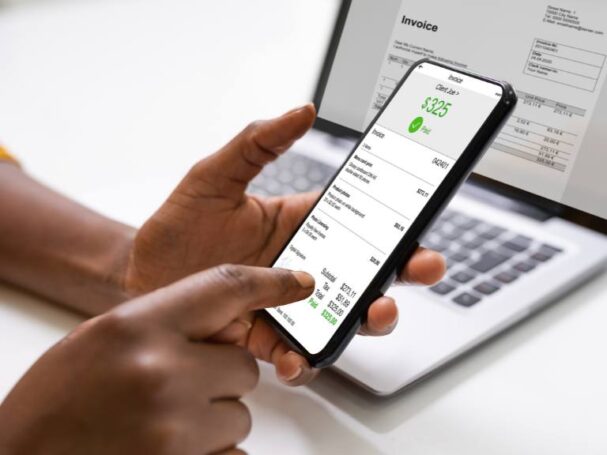
Step 4: Configure Payment Options
Once your products are uploaded, you’ll need to configure your store’s payment options so you can accept payments from customers.
Most e-commerce platforms integrate with a variety of payment gateways, including credit cards, PayPal, and Stripe. Make sure your payment gateway is secure and trusted.
Next, the more payment options you offer, the more customers you’ll appeal to. Make sure your store accepts major credit cards and at least one alternative, like PayPal or Apple Pay.
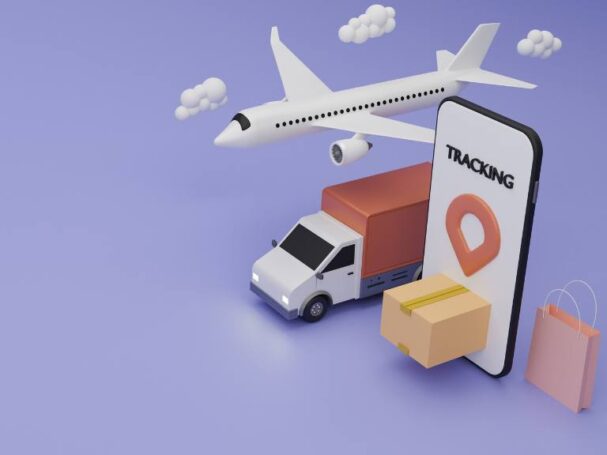
Step 5: Set Up Shipping
Shipping is a big part of the dropshipping process, and setting it up correctly will help ensure your customers get their products quickly and without hassle.
Define which countries or regions you will ship to. If your supplier ships internationally, you may want to offer global shipping. Otherwise, focus on specific regions to avoid high shipping costs.
Set clear expectations with your customers about how long it will take for their orders to arrive.
Dropshipping delivery times can sometimes take longer, so be upfront about this in your store’s policy. Once you’ve set up your shipping and payment options, your store is nearly ready to launch!

Step 6: Set Up Your Hair Dropshipping Store Policies
Before launching, you’ll want to have clear store policies in place. This includes policies for shipping, returns, and customer service.
Transparent policies build trust and can reduce disputes later on.
Here are some key policies to include:
- Shipping Policy: This shows how long it will take for orders to be processed and shipped and mentions any potential delays.
- Return Policy: Decide if you’ll offer refunds or exchanges, and if so, under what conditions. Be clear about who covers return shipping costs.
- Privacy Policy: Since you’ll be collecting customer data, make sure to include a privacy policy that outlines how their information will be used and stored.

Step 7: Test Everything
Before you officially launch your hair extension dropshipping store, take time to test everything.
Go through the entire customer journey—browse your store, add products to the cart, and make a test purchase to ensure everything works smoothly.
Test the navigation to ensure customers can easily browse your store and find the products they want. Ensure that payments go through without a hitch and that your customers receive confirmation emails.
Lastly, many customers will shop on their phones, so double-check that your site looks great on all devices.

Step 8: Launch and Promote Your Hair Dropshipping Store
Once everything is tested and ready to go, it’s time to launch! Now comes the exciting part—promoting your hair store and driving traffic.
Platforms like Instagram, Facebook, and TikTok are perfect for showcasing hair extensions. Share product images, customer reviews, and hair care tips to build engagement.
Then, start building an email list based on people who visit your website and offer promotions to attract people to purchase one or two things. One thing that gets you those emails is when you promise exclusive offers to your subscribers.
Lastly, make sure your hair store SEO is on point. Use relevant keywords in your product descriptions, blog posts, and meta descriptions to drive organic traffic.

Setting Up a Hair Dropshipping Store Is Easier Than Ever
Setting up a hair extension dropshipping store may take time, but with the right steps, you’ll be on your way to a successful hair business.
Focus on creating a visually appealing store, offering high-quality products, and providing excellent customer service, and your store will thrive. 🎉
Ready to take your first step in the hair industry? Follow this guide, and you’ll be up and running in no time!

